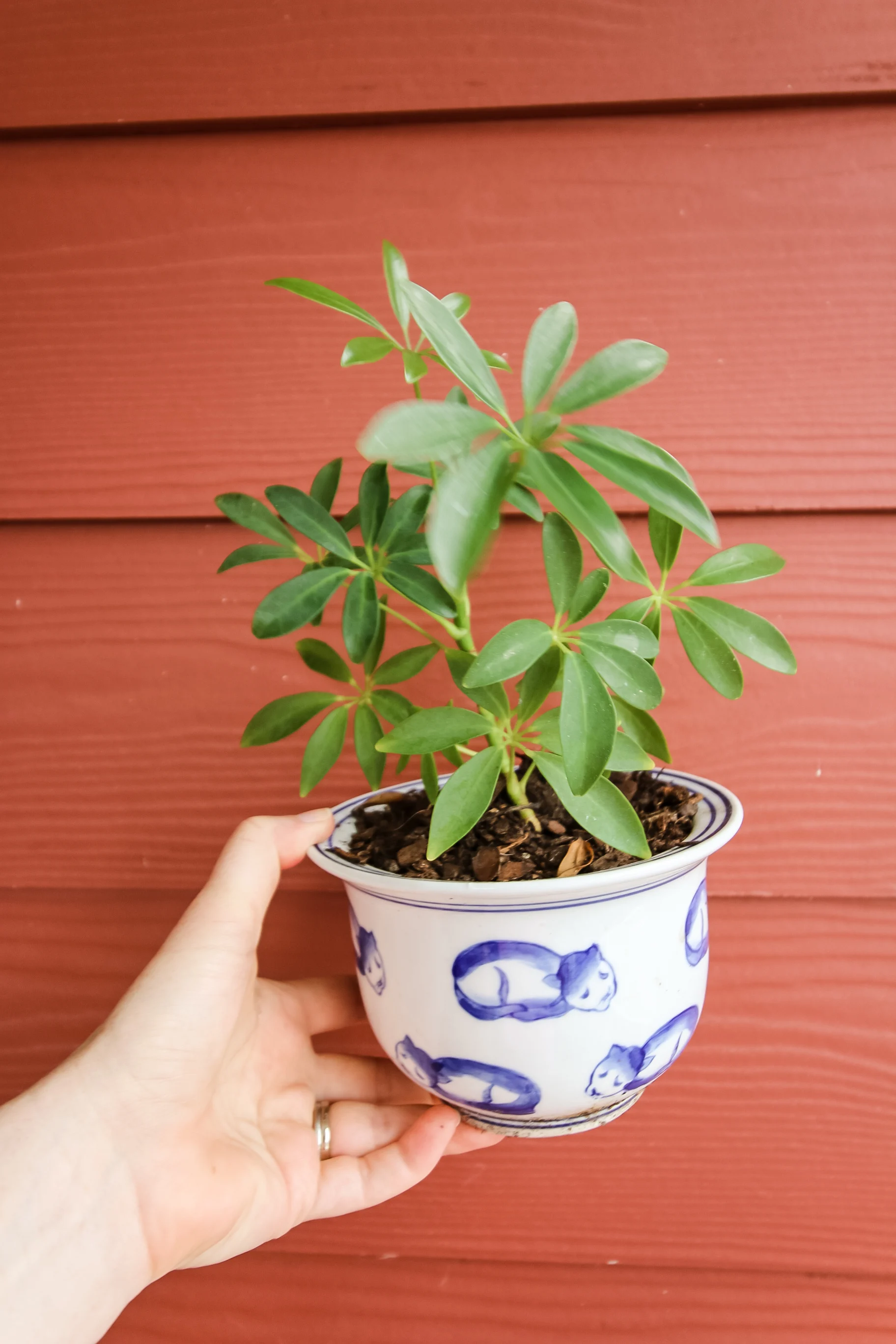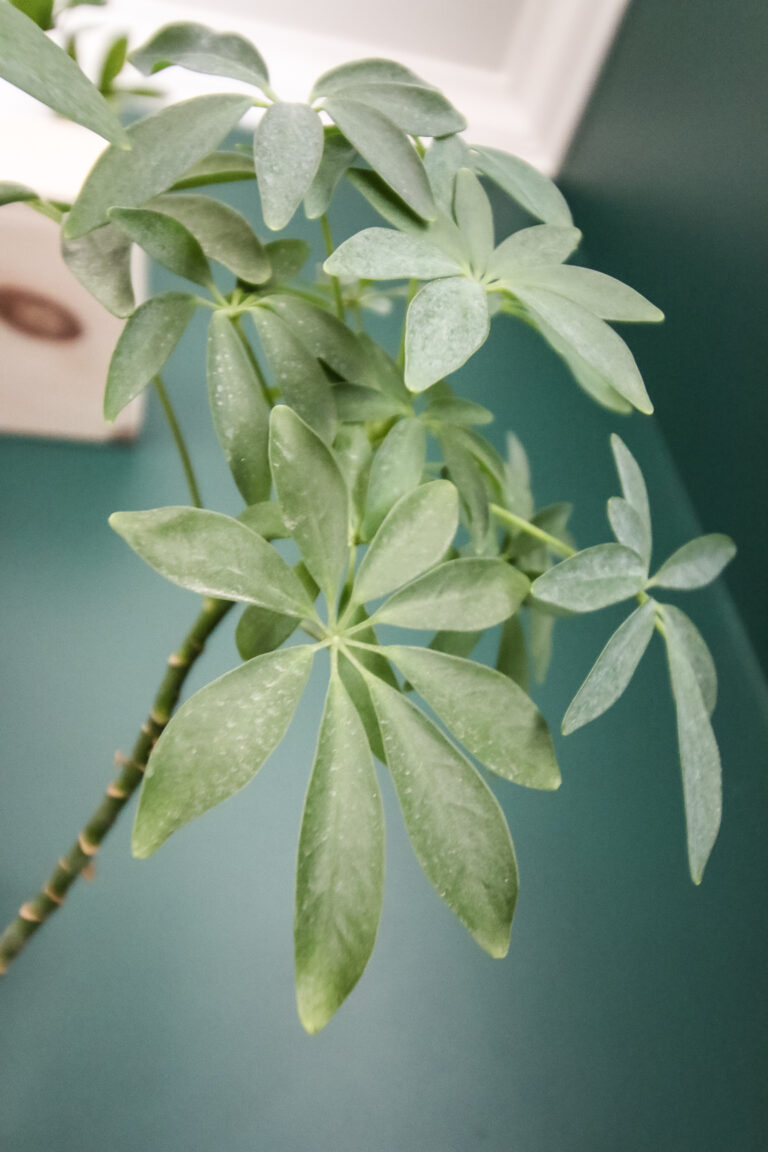Why Pruning is Essential for Your Umbrella Plant’s Health
Umbrella plants are popular for their elegant, umbrella-like leaves and ability to thrive in indoor environments. However, to maintain their shape and promote healthy growth, pruning is essential. Pruning an umbrella plant not only helps control its size and shape but also encourages blooming and prevents pests and diseases from taking hold. By pruning your umbrella plant regularly, you can help prevent the spread of disease and encourage new growth, making it a crucial part of umbrella plant care.
One of the primary benefits of pruning an umbrella plant is the prevention of overgrowth. When left unpruned, umbrella plants can become leggy and sparse, losing their natural shape and beauty. By pruning back overgrown stems and removing dead or damaged leaves, you can help maintain the plant’s natural shape and promote healthy growth. This is especially important for umbrella plants, as they can be prone to pests and diseases that thrive in dense, overgrown foliage.
In addition to preventing overgrowth, pruning can also help encourage blooming in umbrella plants. By removing dead or damaged flowers and pruning back overgrown stems, you can help promote new growth and encourage the plant to produce more blooms. This is especially important for umbrella plant varieties that are known for their showy flowers, such as the Schefflera.
When it comes to pruning an umbrella plant, it’s essential to use the right techniques to avoid damaging the plant. This includes making clean cuts just above a node, using sharp, clean pruning tools, and pruning at the right time. By following these techniques and pruning your umbrella plant regularly, you can help promote healthy growth, prevent pests and diseases, and encourage blooming.
For those looking to learn how to trim an umbrella plant, it’s essential to understand the importance of pruning in umbrella plant care. By incorporating pruning into your regular care routine, you can help keep your umbrella plant healthy, thriving, and looking its best. Whether you’re a seasoned gardener or just starting out, pruning is a crucial part of umbrella plant care that can make all the difference in the health and beauty of your plant.
Choosing the Right Tools for the Job
When it comes to pruning an umbrella plant, having the right tools is essential. Using the right tools can help prevent damage to the plant, make the pruning process easier, and ensure a clean cut. For pruning an umbrella plant, you’ll need a few basic tools, including sharp, clean pruning shears or loppers.
Pruning shears are ideal for pruning smaller stems and leaves, while loppers are better suited for thicker stems. When choosing pruning shears or loppers, look for tools with sharp blades and comfortable handles. Dull blades can tear the plant’s stems, leading to infection and disease.
In addition to pruning shears or loppers, you may also need a pair of gloves to protect your hands from the plant’s sap. Some umbrella plant varieties can produce a sticky sap that can be difficult to remove from skin and clothing.
When pruning your umbrella plant, it’s also important to use clean tools to prevent the spread of disease. Dip your pruning shears or loppers in a solution of 1 part bleach to 9 parts water to disinfect them between cuts. This will help prevent the spread of disease and ensure a healthy, thriving plant.
Using the right tools for the job is crucial when learning how to trim an umbrella plant. By investing in a good pair of pruning shears or loppers, you can ensure a clean cut and prevent damage to the plant. Remember to always disinfect your tools between cuts to prevent the spread of disease and keep your umbrella plant healthy and thriving.
Identifying the Best Time to Prune Your Umbrella Plant
Pruning an umbrella plant at the right time is crucial to minimize stress on the plant and promote healthy growth. The best time to prune an umbrella plant depends on the plant’s growth stage and the time of year. In general, it’s best to prune umbrella plants during the spring and summer months when the plant is actively growing.
During the spring, prune your umbrella plant to maintain its shape and promote new growth. Remove any dead or damaged leaves and stems, and cut back overgrown branches to encourage bushy growth. This is also a good time to prune any leggy stems or branches that are growing outside of the plant’s natural shape.
In the summer, prune your umbrella plant to control its size and promote blooming. Remove any spent flowers or seed heads, and cut back overgrown stems to encourage new growth. This is also a good time to prune any stems or branches that are growing too long or leggy.
It’s generally not recommended to prune umbrella plants during the fall or winter months, as this can cause stress on the plant and make it more susceptible to disease. However, if you need to prune your umbrella plant during this time, make sure to prune only what is necessary to maintain the plant’s shape and promote healthy growth.
When learning how to trim an umbrella plant, it’s essential to consider the plant’s growth stage and the time of year. By pruning at the right time, you can help minimize stress on the plant and promote healthy growth. Remember to prune only what is necessary, and avoid over-pruning, which can cause stress on the plant and lead to disease.
Step-by-Step Guide to Trimming Your Umbrella Plant
Trimming an umbrella plant can seem intimidating, but with the right steps, you can keep your plant healthy and thriving. Here’s a step-by-step guide on how to trim an umbrella plant:
Step 1: Remove Dead or Damaged Leaves
Start by removing any dead or damaged leaves from the plant. This will help prevent the spread of disease and encourage healthy growth. Use a pair of clean, sharp pruning shears or loppers to cut off the affected leaves at the base of the stem.
Step 2: Cut Back Overgrown Stems
Next, cut back any overgrown stems to maintain the plant’s shape and promote healthy growth. Use a pair of clean, sharp pruning shears or loppers to cut the stems back to about one-third of their length.
Step 3: Shape the Plant
Once you’ve removed any dead or damaged leaves and cut back overgrown stems, shape the plant to maintain its desired form. Use a pair of clean, sharp pruning shears or loppers to trim any stray stems or leaves.
Step 4: Check for Pests or Diseases
Finally, check the plant for any pests or diseases. Look for any signs of infestation, such as whiteflies, spider mites, or mealybugs. Also, check for any signs of disease, such as yellowing leaves or black spots.
By following these steps, you can keep your umbrella plant healthy and thriving. Remember to prune your plant regularly to maintain its shape and promote healthy growth. With the right care and attention, your umbrella plant can be a beautiful and thriving addition to your home or office.
Tips for Pruning Specific Umbrella Plant Varieties
While the general pruning tips provided earlier can be applied to most umbrella plant varieties, some varieties may require special consideration. Here are some tips for pruning specific umbrella plant varieties:
Schefflera Umbrella Plant
The Schefflera umbrella plant is a popular variety that can grow quite large. When pruning a Schefflera umbrella plant, it’s essential to remove any dead or damaged leaves and stems to prevent the spread of disease. Cut back overgrown stems to maintain the plant’s shape and promote healthy growth.
Dwarf Umbrella Plant
The Dwarf umbrella plant is a compact variety that requires less pruning than other varieties. However, it’s still essential to remove any dead or damaged leaves and stems to prevent the spread of disease. Cut back overgrown stems to maintain the plant’s shape and promote healthy growth.
Other Varieties
Other umbrella plant varieties, such as the Variegated umbrella plant and the Compacta umbrella plant, may require slightly different pruning techniques. For example, the Variegated umbrella plant may require more frequent pruning to maintain its variegated leaves, while the Compacta umbrella plant may require less pruning due to its compact growth habit.
When learning how to trim an umbrella plant, it’s essential to consider the specific variety of plant you have. By following the tips provided above, you can ensure that your umbrella plant receives the right amount of pruning to promote healthy growth and prevent disease.
Common Mistakes to Avoid When Pruning Your Umbrella Plant
When pruning an umbrella plant, it’s essential to avoid common mistakes that can harm the plant and affect its growth. Here are some common mistakes to avoid when pruning your umbrella plant:
Over-Pruning
One of the most common mistakes to avoid when pruning an umbrella plant is over-pruning. Over-pruning can cause stress to the plant, leading to disease and pest problems. It’s essential to prune only what is necessary to maintain the plant’s shape and promote healthy growth.
Pruning at the Wrong Time
Pruning an umbrella plant at the wrong time can also cause stress to the plant. Pruning during the fall or winter months can cause the plant to become vulnerable to disease and pests. It’s essential to prune during the spring and summer months when the plant is actively growing.
Using Dull Tools
Using dull tools when pruning an umbrella plant can cause damage to the plant and lead to disease and pest problems. It’s essential to use sharp, clean pruning shears or loppers to make clean cuts and prevent damage to the plant.
Not Making Clean Cuts
Not making clean cuts when pruning an umbrella plant can cause the plant to become vulnerable to disease and pests. It’s essential to make clean cuts just above a node to promote healthy growth and prevent disease.
By avoiding these common mistakes, you can ensure that your umbrella plant receives the right amount of pruning to promote healthy growth and prevent disease. Remember to always prune with caution and make clean cuts to avoid damaging the plant.
Aftercare and Maintenance for Your Pruned Umbrella Plant
After pruning your umbrella plant, it’s essential to provide proper aftercare and maintenance to help the plant recover and thrive. Here are some tips on how to care for your pruned umbrella plant:
Watering
Water your umbrella plant thoroughly after pruning to help the plant recover from the stress of pruning. Make sure the soil is moist but not waterlogged, as this can lead to root rot and other problems.
Fertilizing
Fertilize your umbrella plant with a balanced fertilizer after pruning to provide essential nutrients for healthy growth. Avoid over-fertilizing, as this can cause more harm than good.
Monitoring the Plant’s Health
Monitor your umbrella plant’s health after pruning to ensure that it’s recovering well. Check for any signs of stress, disease, or pests, and take action promptly if you notice any problems.
Providing Proper Lighting
Provide your umbrella plant with proper lighting after pruning to promote healthy growth. Umbrella plants prefer bright, indirect light, so make sure to place the plant in a spot that receives plenty of light.
Maintaining Humidity
Maintain a humid environment for your umbrella plant after pruning to promote healthy growth. You can use a humidifier or group plants together to create a microclimate that maintains humidity.
By following these aftercare and maintenance tips, you can help your umbrella plant recover and thrive after pruning. Remember to be patient and provide the right conditions for your plant to grow and flourish.
Conclusion: Enjoy Your Beautifully Pruned Umbrella Plant
Pruning your umbrella plant is an essential part of its care and maintenance. By following the tips and guidelines outlined in this article, you can help your umbrella plant grow and thrive. Remember to prune your plant regularly to maintain its shape, promote healthy growth, and encourage blooming.
Learning how to trim an umbrella plant is a valuable skill that can help you enjoy a beautiful and thriving plant. With the right tools, techniques, and aftercare, you can keep your umbrella plant looking its best and enjoy its many benefits.
So, go ahead and give your umbrella plant the pruning it needs. With a little practice and patience, you’ll be enjoying a beautifully pruned umbrella plant in no time. Happy pruning!







